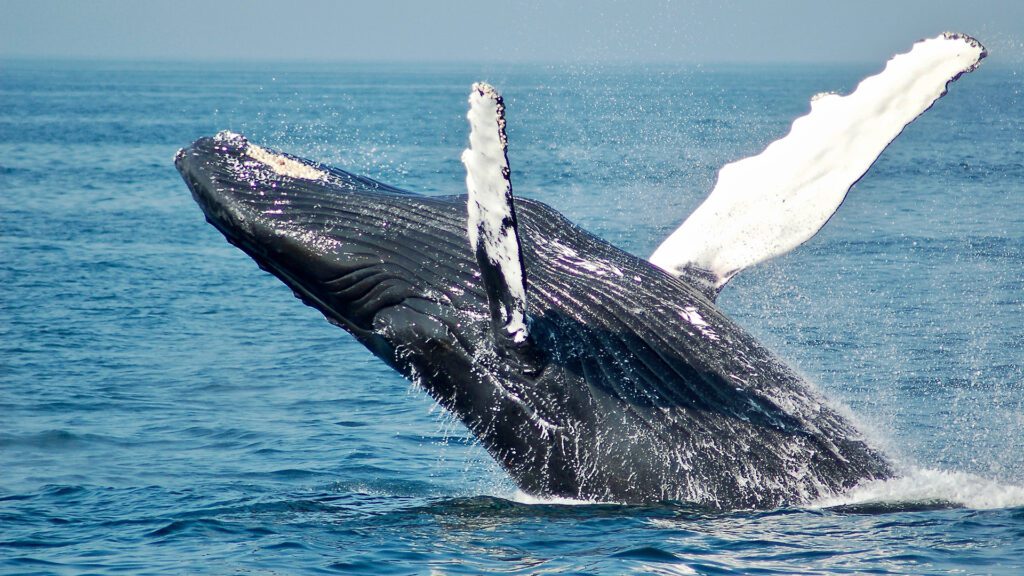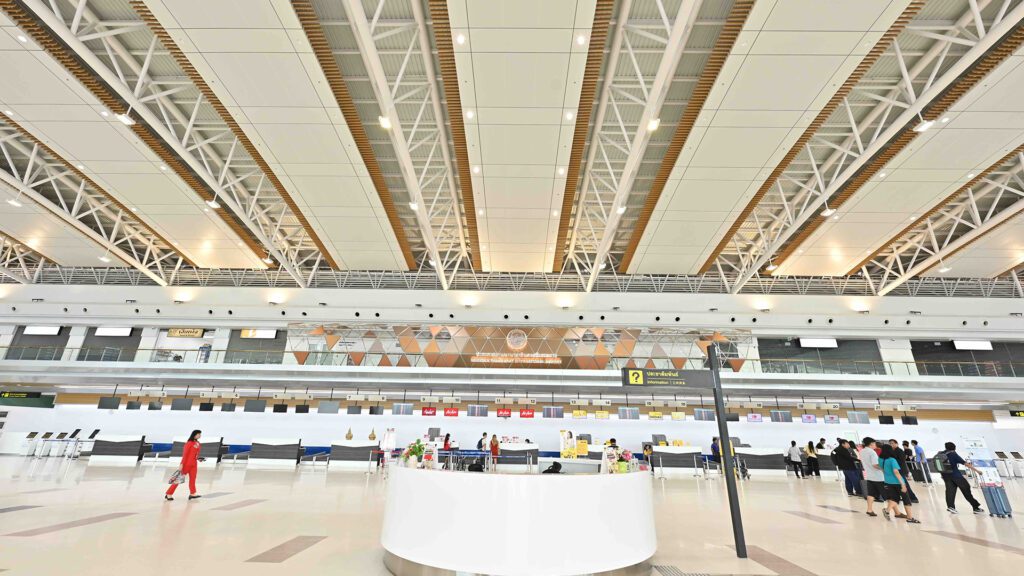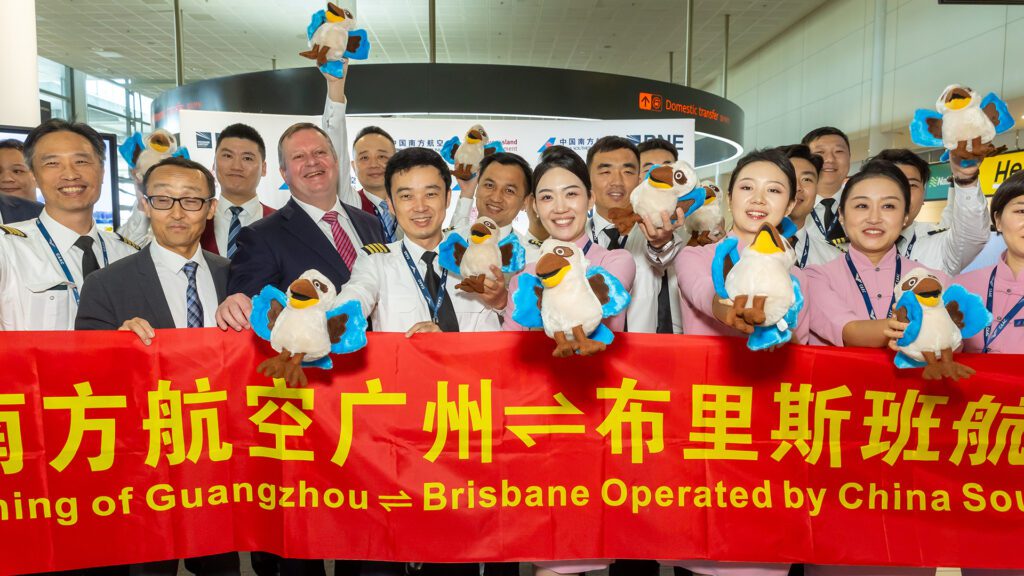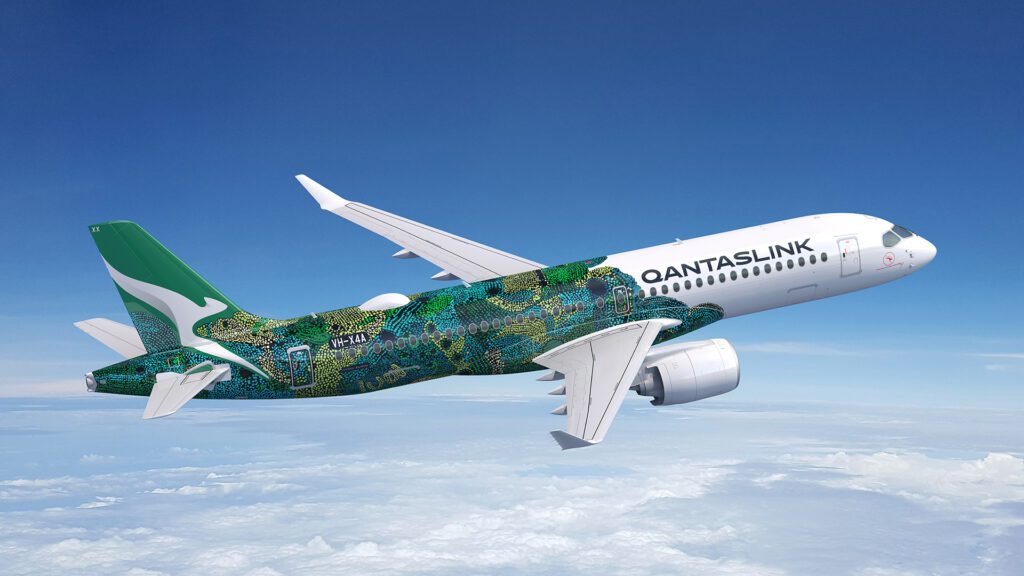VIRGIN AUSTRALIA has announced a return to Uluru, expanding the airline’s domestic network with two new direct services.
The airline will launch its first ever services to the destination from Melbourne and Brisbane, starting June 6, 2024, and June 7, 2024, respectively.
Flights between Brisbane – Uluru will operate three times per week on Mondays, Wednesdays and Fridays, while Melbourne – Uluru services will operate up to four times per week on Tuesdays, Thursdays, Saturdays and Sundays.
The new services will inject more than 62,000 seats per year to the Red Centre, connecting tourists directly to the spiritual heartland of Australia.
Uluru is a special place in Australia and a cultural landmark that identifies this wonderful country to the world, said Jayne Hrdlicka, Virgin Australia CEO.
Greater competition in the market and more seat capacity to Uluru will also provide travellers with more choice and value next time they fly to the Red Centre.
The flights will also support the growth of the Indigenous Tourism sector, contributing to the Northern Territory’s more than $3bn visitor expenditure.
The forecast demand from these cities, coupled with excellent connectivity from our international airline partners, will provide a much-needed tourism boost to the region.

JETSTAR SPREADING ITS WINGS
THE FIRST direct flights between two of Australia’s most popular holiday destinations have just been announced.
Jetstar will begin a service from Melbourne (Tullamarine) to Hervey Bay in southern Queensland from June 2024.
The three-per-week service will carry up to 1,100 customers each week between the two cities. Flights will operate on a Tuesday, Thursday and Saturday.
The airline already operates four flights per week between Sydney and Hervey Bay and once the Melbourne service begins it will carry up to 3,800 customers each week across the two routes.
We know Melburnians love exploring Queensland and with the strong demand we’ve seen for Hervey Bay out of Sydney, we’re expecting these new flights to be extremely popular, said Jenn Armor, Jetstar’s Executive Manager, Customer.
Often referred to as the whale watching capital of the world, the Fraser Coast region offers beautiful beaches with calm waters, perfect for family getaways.
We’re excited to be able to provide a low-cost connection to this beautiful region in time for the mid-year school holidays, which in turn will boost local jobs and support tourism.
Other new routes announced by the airline include three times a week between Sydney and Busselton Margaret River in Western Australia from March 26, 2024. The airline is also going to operate direct flights from Sydney to Osaka from April 2024.

NEW AIRPORT PROVIDES RUNWAY TO DISCOVERY
A $60 MILLION airport is about to open, bringing a new region into reach for Aussie travellers.
The state-of-the-art international passenger terminal will give access to a coastal destination renowned for its pristine beaches, mountainous areas and cultural authenticity.
Nakhon Si Thammarat International Airport in southern Thailand will officially open later this month with test flights currently taking place.
The airport gives travellers the chance to explore formerly off-the-beaten track destinations such as Sichon Beach and Khao Luang National Park.
Once fully operational the facility is expected to handle four million passengers a year. At present, three airlines Nok Air, Thai AirAsia and Thai Lion Air fly to Nakhon Si Thammarat, all from Bangkok.
The opening of the new international terminal will begin a roll out of direct, scheduled flights from Asian markets such as Singapore, China, Taiwan and Malaysia.
It is a significant moment in the history of one of Thailand’s most compelling destinations, said Mr. Ravi Chandran, former CEO of Laguna Phuket and executive director of Urasaya, a luxury beachfront development in Sichon.
With the new terminal geared for international travellers offering direct access, it not only reaffirms the existing domestic access from Bangkok, just like better known destinations such as Phuket and Chiang Mai, but a future that will see an increase in tourism investment and higher visitor numbers.
Ecotourism is a key sector for the province, which is home to 200km of mountain ranges and 200km of beaches. Khao Luang National Park is home to one of Thailand’s highest peaks, the 1,780-metre Khao Luang Mountain, plus the 19-tier Karom Waterfall, Hong Cave and a wide variety of flora and fauna.
Sichon, named as one of Thailand’s 10 best beaches by Lonely Planet recently, is home to diverse marine wildlife including pods of pink dolphins and has active conservation programs in place to ensure the marine-biosphere continues to flourish.

BACK ON AUSSIE SHORES
THE LONG-AWAITED return of Chinese carriers to Australian shores continues apace with the latest arrival into Brisbane.
China Southern Airlines touched down 30 minutes early when it landed for the first time in almost four years into the Queensland capital.
China’s largest carrier will initially operate four flights per week to Brisbane and will increase to daily services from December 8 to cater for peak season demand.
The route is seen as critical to help restore Queensland’s most lucrative tourism market as it reconnects the state with China’s key gateway of Guangzhou.
Pre-pandemic, China accounted for almost one in five international visitors and generated $1.6 billion in overnight visitor spending in 2019.
Over the next three years China Southern has the potential to bring in 277,896 visitors, generating approximately $440 million for the visitor economy and supporting 1,790 Queensland jobs.
“Today’s arrival supercharges the inbound Chinese tourism market, creating good jobs right here in Queensland,” said Gert-Jan de Graaff, Chief Executive Officer of Brisbane Airport.
It is the group travel market and their itineraries that will deliver large numbers of tourists from China into this state’s regions including the Gold Coast, Sunshine Coast and of course the Great Barrier Reef is a huge magnet.
This is also a restored route for Queensland’s exports to make their way to one of the world’s largest markets.
Guangzhou is the 28th international destination now serviced directly from Brisbane Airport.

GAME CHANGER LANDS AT AUSSIE AIRPORT
FLIERS WILL find it much easier to navigate their way around one of our busiest airports thanks to an Aussie-first.
Sydney Airport is the first in the country to get Google Maps Indoor Live View, now available in both international and domestic terminals.
The new augmented reality feature is designed to help passengers find gates, baggage claims, retail outlets, dining options, restrooms and ATMs.
The feature provides arrows, directions and distance markers superimposed on the camera view to point people in the right direction across the terminals.
Visitors can also select the Wheelchair accessible’ preference to find wheelchair, pram and suitcase friendly paths. They can also turn on audio navigation prompts in addition to visual cues.
This is a win for our passengers, who will be the first in Australia to benefit from this incredible new AR technology from Google, said Belinda Scanlon, Sydney Airport Senior Manager Business Systems.
Whether travellers are looking for their gate, a bathroom or even a place to grab a bite to eat, they now have the directions they need at their fingertips.
This is an especially great tool for travellers facing language barriers and accessibility needs, as it will help them navigate the airport more independently.
The new AR technology is compatible with both Android and iOS devices.
This is a game-changer for people visiting Sydney Airport, as AR directions can help people have an enjoyable and smooth travel experience, said Anthony Bertuca, Group Product Manager at Google Maps in Australia.

SPOT THE NEW GREEN MACHINE
QANTASLINK HAS revealed a striking new livery for the first of its new Airbus A220 which helm the regional offshoot’s ongoing fleet renewal program.
The first of 29 of the aircraft on order has left the paint shop sporting a highly detailed Indigenous Australian design comprised of 20,000 dots which reflect the artwork of Pitjantjatjara artist Maringka Baker.
Baker’s design tells a Dreaming story of two sisters who cover vast distances travelling across remote Australia together.
The aircraft has been named after the artwork Minyma Kutjara Tjukurpa, known also as The Two Sisters Creation Story.
This is the sixth aircraft to feature in Qantas’ Flying Artwork Series which dates back to 1994 when the first Indigenous livery was unveiled on a Boeing 747 known as Wunala Dreaming.
All aircraft in the series have been painted with designs sourced in collaboration with Indigenous Australian design agency, Balarinji, which works closely with First Nations artists and their families.
Vanessa Hudson, Qantas CEO, said that with twice the range of the Boeing 717 they’re replacing, the new jets will be a game changer for the airline.
These aircraft have the potential to change the way our customers travel across the country, with the ability to connect any two cities or towns in Australia, Ms Hudson added.
That means faster and more convenient travel for business trips and exciting new possibilities for holiday travel. A whole new fleet type also means a lot of opportunities for our people to operate and look after these aircraft.

AIRLINE SPENDS $58 BILLION
IN ANOTHER sign that the airline industry is rebounding post-pandemic, Emirates has placed a $58 billion order for new aircraft.
Already the world’s biggest operator of wide-body passenger aircraft, the company now has an additional 310 planes on the way.
The order includes 90 additional 777-9s and 777-8s, five 787s, and 15 Airbus A350-900s, which will be delivered through to 2035.
Speaking at the Dubai airshow, Sheikh Ahmed bin Saeed Al Maktoum, Chairman and Chief Executive, Emirates airline and Group, said the order would help add 400 cities to Dubai’s foreign trade map over the next decade.
By the early 2030s, we expect the Emirates fleet to be around 350-strong, connecting Dubai to even more cities around the world, he added.
From day one, Emirates’ business model has been to operate modern and efficient wide-body aircraft capable of carrying large numbers of travellers comfortably and safely, over long distances to and via Dubai. Today’s aircraft orders reflect that strategy.
With this latest order, Emirates is also set to be one of the launch customers of the 777-8 passenger variant, with first deliveries expected in 2030.
Emirates has also updated its previous order of 30 Boeing 787-9s, increasing its commitment to a total of 35 Dreamliners comprising: 15 Boeing 787-10s, and 20 Boeing 787-8s.
Meanwhile Emirates has also taken its commitment to recycling and sustainability to new levels by launching suitcases and accessories made from upcycled aircraft interiors.
The limited-edition range, entitled Aircrafted by Emirates’, features a selection of suitcases, backpacks, handbags, cardholders, toiletry bags, belts and shoes all designed and handmade by Emirates tailors in Dubai.
Scheduled for sale in 2024 in Emirates Official Stores, all proceeds will be donated to children in need via the Emirates Airline Foundation.
Materials repurposed include aluminium headrests, leather from couches in the A380 onboard lounge, seatbelts and even fur from the Captains seat.
We are committed to constantly evolving our sustainability efforts and looking at every aspect of our products and supply chain, said Ahmed Safa, Emirates’ Divisional Senior Vice President for Engineering.







